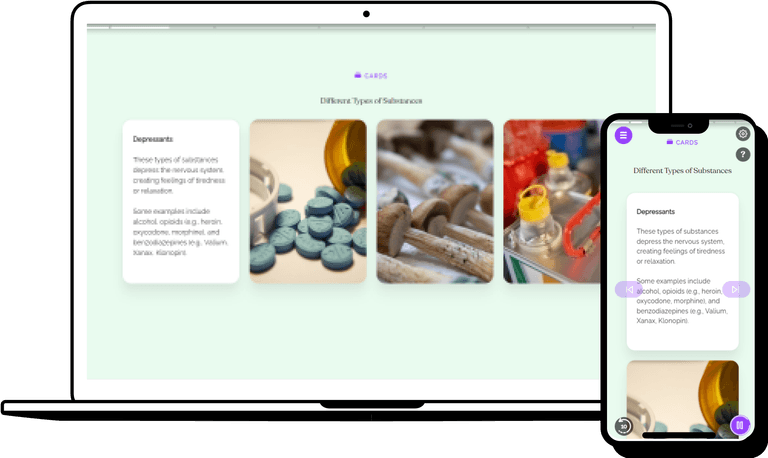Handling Exposures, Post-Exposure Evaluation, and Follow-Up
Accidental exposures to bloodborne pathogens can happen, even with the best preventive measures in place. What matters most is your subsequent response.

Immediate Response: Crucial First Steps Post-Exposure
The minutes immediately following an exposure are critical. Quick and appropriate actions, such as washing the exposed area or seeking medical attention, can drastically reduce the risks associated with bloodborne pathogens, ensuring that the affected individual has the best chance for an uncomplicated recovery.

An efficient response to accidental exposures hinges on a structured approach. Below are the vital components that organizations should prioritize in the aftermath of an exposure incident:
After an exposure, a thorough medical assessment is crucial. It determines the risk and guides subsequent medical interventions, such as post-exposure prophylaxis.
All exposures should be promptly reported to the designated person or department. Timely documentation ensures that appropriate medical and administrative actions can be initiated without delay.
Before any other steps, exposed individuals should clean the affected area. If the eyes or mouth are exposed, flush them with water. For needle sticks or cuts, wash with soap and water.

Importance of Thorough Follow-Up: Monitoring and Support
Follow-up after exposure doesn’t merely entail medical surveillance. It also encompasses psychological support and counseling. It’s essential to monitor the affected individual's health while also addressing any concerns or anxieties they might experience, ensuring holistic care.
Components of a Comprehensive Follow-Up Plan
To provide the best care and support post-exposure, a well-rounded follow-up plan integrates several key elements:
Here are some myths to look out for:
- -
Regular tests to detect any signs of infection
- -
Address potential anxieties and offer information on risk and prevention
- -
If post-exposure prophylaxis is administered, monitor for any side effects
- -
Detailed records of the exposure, actions taken, and medical outcomes
- -
To identify and rectify potential issues that led to the exposure

Confidently Handle Exposures in the workplace with Training
Gain the confidence to effectively handle workplace exposures with EasyLlama's specialized training. Our comprehensive courses empower you with the knowledge and skills to respond promptly and confidently in challenging situations, ensuring the safety and well-being of both yourself and your colleagues. Prepare for the unexpected, enhance workplace safety, and build your confidence with EasyLlama.

Helping over 8,000 organizations create a safer, more productive workplace
EasyLlama’s online training course helps prepare employees with the best practices for workplace exposure to blood. Learners will become familiar with the primary pathogens to look out for, universal precautions, and more. The course covers:





















